 It was hot, we were sweaty, concentrating intensely and even barefoot – but by crikey were we fuel-efficient. Mitsubishi's plug-in hybrid Outlander PHEV may carry an incredible official combined fuel consumption of 1.9L/100km, but we were willing to put our bodies on the line to better that figure for Mitsubishi's Eco Drive challenge, held as part of the new model's Australian launch in Canberra this week.
It was hot, we were sweaty, concentrating intensely and even barefoot – but by crikey were we fuel-efficient. Mitsubishi's plug-in hybrid Outlander PHEV may carry an incredible official combined fuel consumption of 1.9L/100km, but we were willing to put our bodies on the line to better that figure for Mitsubishi's Eco Drive challenge, held as part of the new model's Australian launch in Canberra this week.
Paired with an astute and equally-focused colleague, our discomfort was hardly the fault of the Outlander PHEV's. We'd turned off all climate control, closed the windows and lost our right shoes in the pursuit of minimal energy wastage and maximum aero efficiency and throttle input sensitivity, and applied everything we knew about hypermiling in conjunction with some new tricks specific to the new Outlander PHEV.
The Eco Drive challenge comprised an 80km drive loop around the Australian Capital Territory, set up by former Australian rally champion-turned efficiency expert Ed Ordynski, with the route combining steady cruising, hills, plenty of traffic, countless traffic lights, and a decent sample of Canberra's notorious roundabouts.
Ordynski's eco-driving skills were honed in the heat of rally competition. Not on the competitive stages, where his anti-lag equipped Lancer Evolution racers would consume as much as 75L/100km, but in the transport stages, where a cunningly disciplined driving style could scale back to 7.5L/100km. He wasn't trying to save the world though, Ed's minimal consumption during transport stages meant he could carry less fuel during the timed legs, which made for a lighter, faster car.
Using these skills, Ed set an Outlander PHEV benchmark figure of 1.7L/100km around the drive loop, and our challenge was to aim for Ed, while defeating the assembled throng of motoring journalists. To do this, we'd have to try and stretch the PHEV's official 52km electric range, using as little petrol engine as possible.
Setting off in the default pure-electric EV mode among afternoon school traffic and knocking-off tradies, and armed with the knowledge that the Outlander PHEV's twin-electric motors developed their maximum combined torque of 338Nm at around 60km/h, we aimed to stay as close to this figure when climbing hills and make the most of any speed gains and momentum on downhill runs.
To get to 60km/h, we'd gently caress the throttle with minimal input, straddling the desire to conserve power with the frustration of other motorists behind. We carefully balanced our acceleration and speed with the gradient of the road and the next visible obstacle, aiming to minimise braking at the other end. There's also a button-activated Eco mode that softens throttle responses for you, but we were satisfied with our delicate bare toe shuffling.
Despite the slow progress and lack of any conventional driving thrills, the PHEV offered ongoing stimulation via the six regeneration modes accessible via the steering wheel paddle shifters. Creating a similar effect to engine braking, each step offers more retardation and regeneration.
Given our aim to maximise regeneration to minimise fuel consumption, it was a continual challenge to effectively brake by paddle shifter. Too little and you're forced to use the wasteful brakes, too much and you'll have to use the wasteful throttle to bridge the gap. On the downhill runs, we'd choose the highest level of regeneration that would allow us to continue coasting at our chosen speed.
We finally farewelled electric-only power at about the 55km mark. We last checked the Outlander's 7-inch display at 52.5km with 2km on the remaining charge readout, but were both too focused on ultra-economy and navigation to note the final figure. Either way, we eclipsed the 52km official claim, but now had no choice but to burn precious petrol. It was like carrying the Olympic torch but not wanting to light it.
As the last of the allowable pure-electric drive withered away, the PHEV switched imperceptibly into the Series drive mode, which starts the petrol engine to generate juice for the electric motors. Given the engine is effectively idling along regardless of your road speed, the only way you'd really know you're burning petrol is via the PHEV's dashboard energy readout.
Rather than an easy cruise to the finish line, Ed's route took right through the heart of Canberra city at near peak hour, which meant we scored most of Northbourne Avenue's red traffic lights. Pitt St it wasn't quite, but it cemented Ed's route as worthy of the term 'combined'.
It may sound academic, but combining all of these elements on the move is surprisingly challenging and engaging. If everyone drove in this manner it would do traffic flow no favours, but it shows just what the Outlander PHEV is capable of, and paradoxical proof that a hybrid can be a pile of fun at license-protecting speeds.
So how did we fare? All the discomfort, sweat, concentration and shoelessness was justified as Ed confirmed our benchmark-matching 1.7L/100km result at the finish line, with our 'distance to empty' reading of 578km edging us ahead of the competition. Being fuel efficient has never been so satisfying.
Watch the desktop version of the Mitsubishi Outlander PHEV video review here.
This reporter is on Twitter: @Mal_Flynn
Top tips for saving fuel in a PHEV:
- Gentle and measured throttle application. Only accelerate as much as you need, and squeeze the throttle instead of stabbing it. Drive barefoot or in socks to improve your feel of the pedal.
- Balance regeneration with momentum. Only grab more regeneration (if possible) if it doesn't overcome your momentum on a downhill run.
- Use regeneration for minor speed adjustments instead of brakes.
- Minimise braking in general. If you brake too much, you'll only have to accelerate again.
- Keep your windows up and the sunroof shut to minimise aerodynamic drag.
- Minimise aircon use. Don't wind the temp down lower than you need.
- Minimise use of electrical accessories. Radio, power windows, mobile phone chargers, head and foglights all use precious current.
- Keep an eye on your tyre pressures. Filling to the maximum pressure on your tyre placard will minimise rolling resistance.
- Minimise excess weight. Do you really need to carry around the golf clubs or that 10kg medicine ball all the time?
- Remove your ski or bike roof racks when not in use. You may enjoy looking like the adventurous SUV owner all the time, but the excess drag will use more fuel.







.jpg)
.jpg)
.jpg)

.jpg)
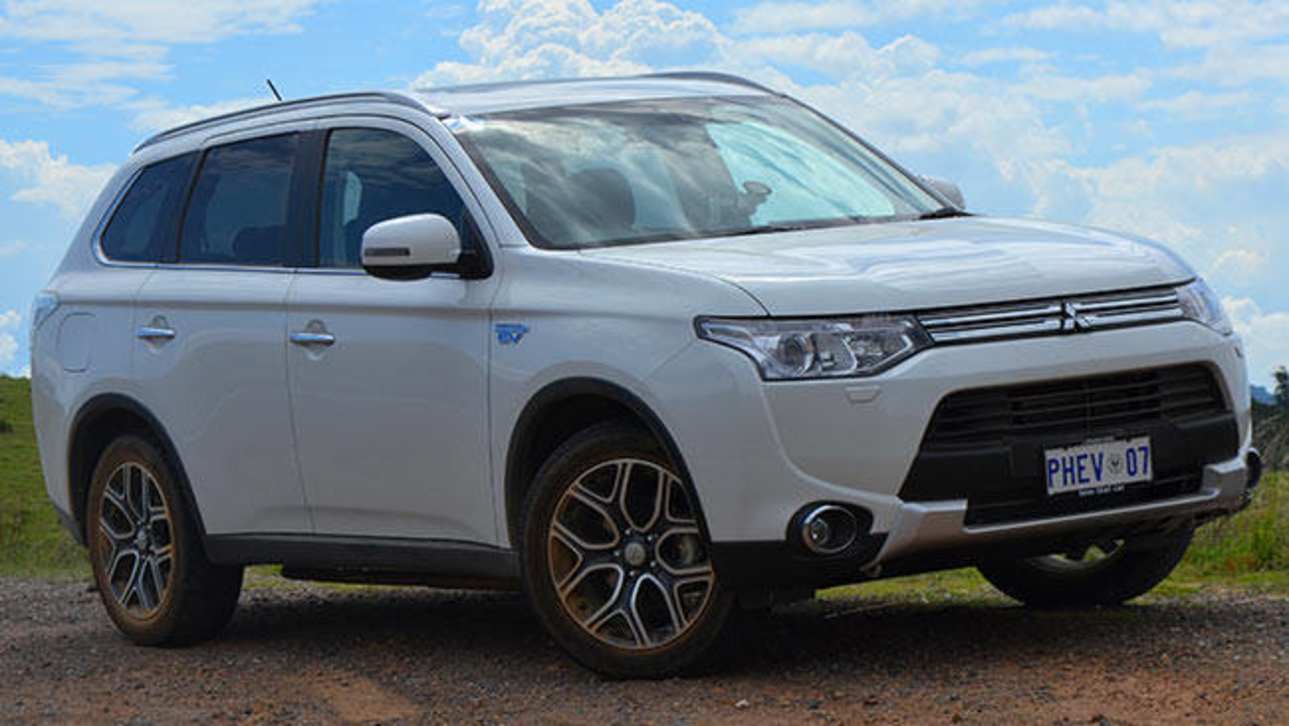

.jpg)

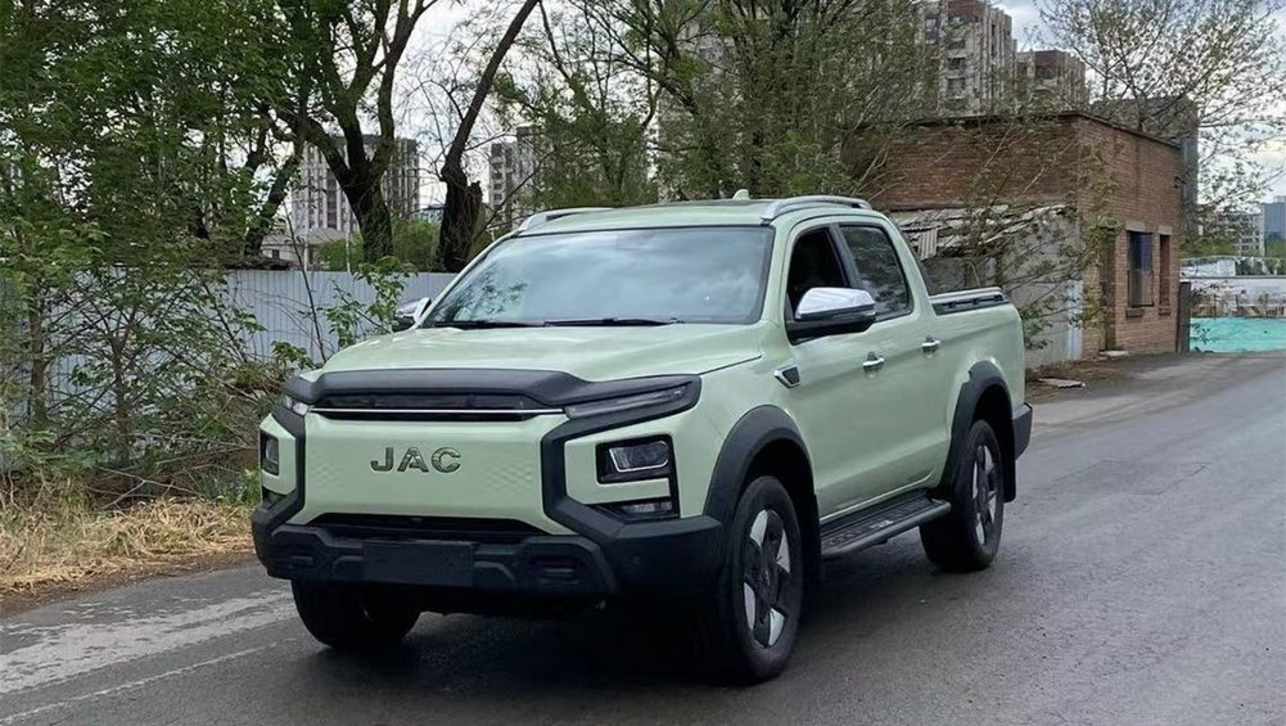
.jpg)
.jpg)
.jpg)

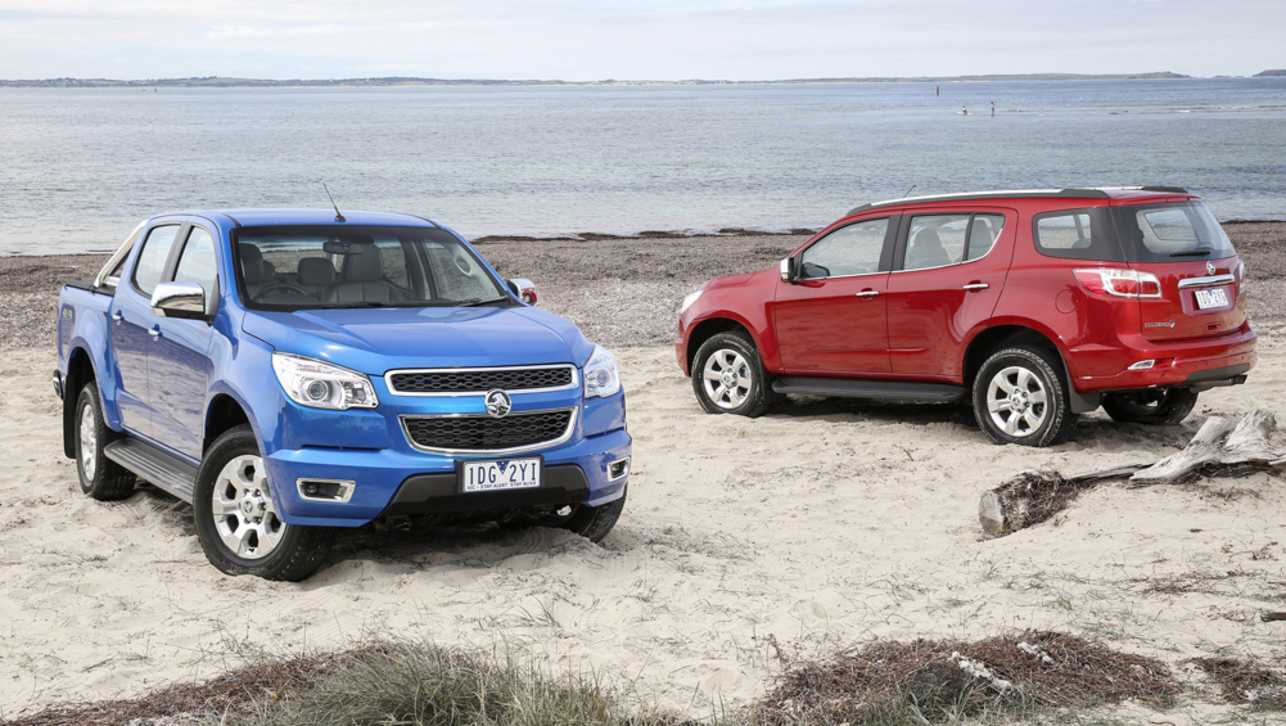
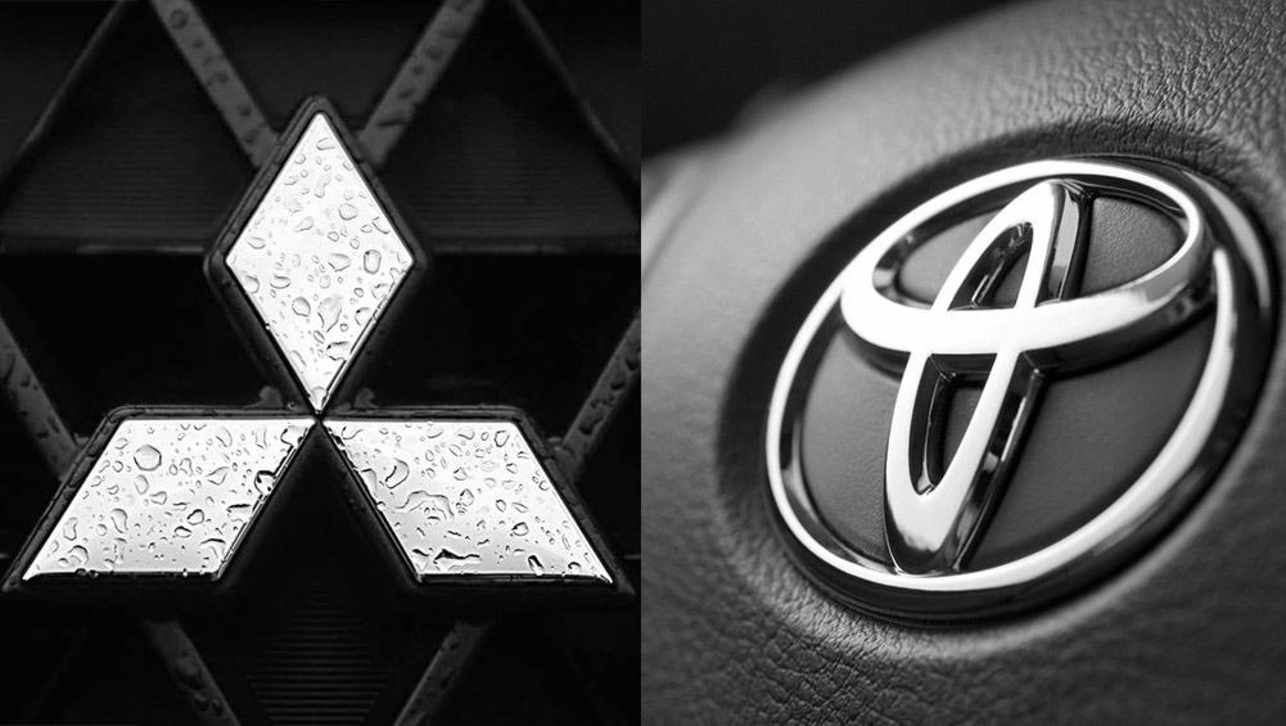
.jpg)
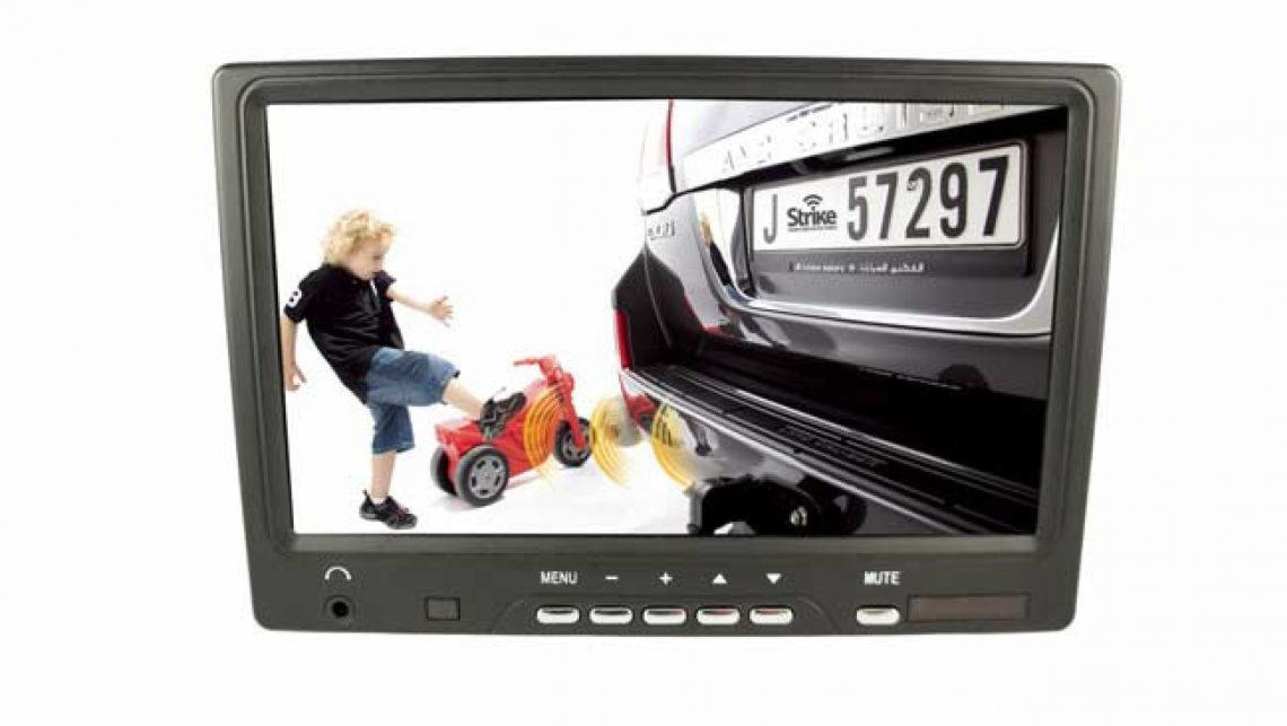




Comments